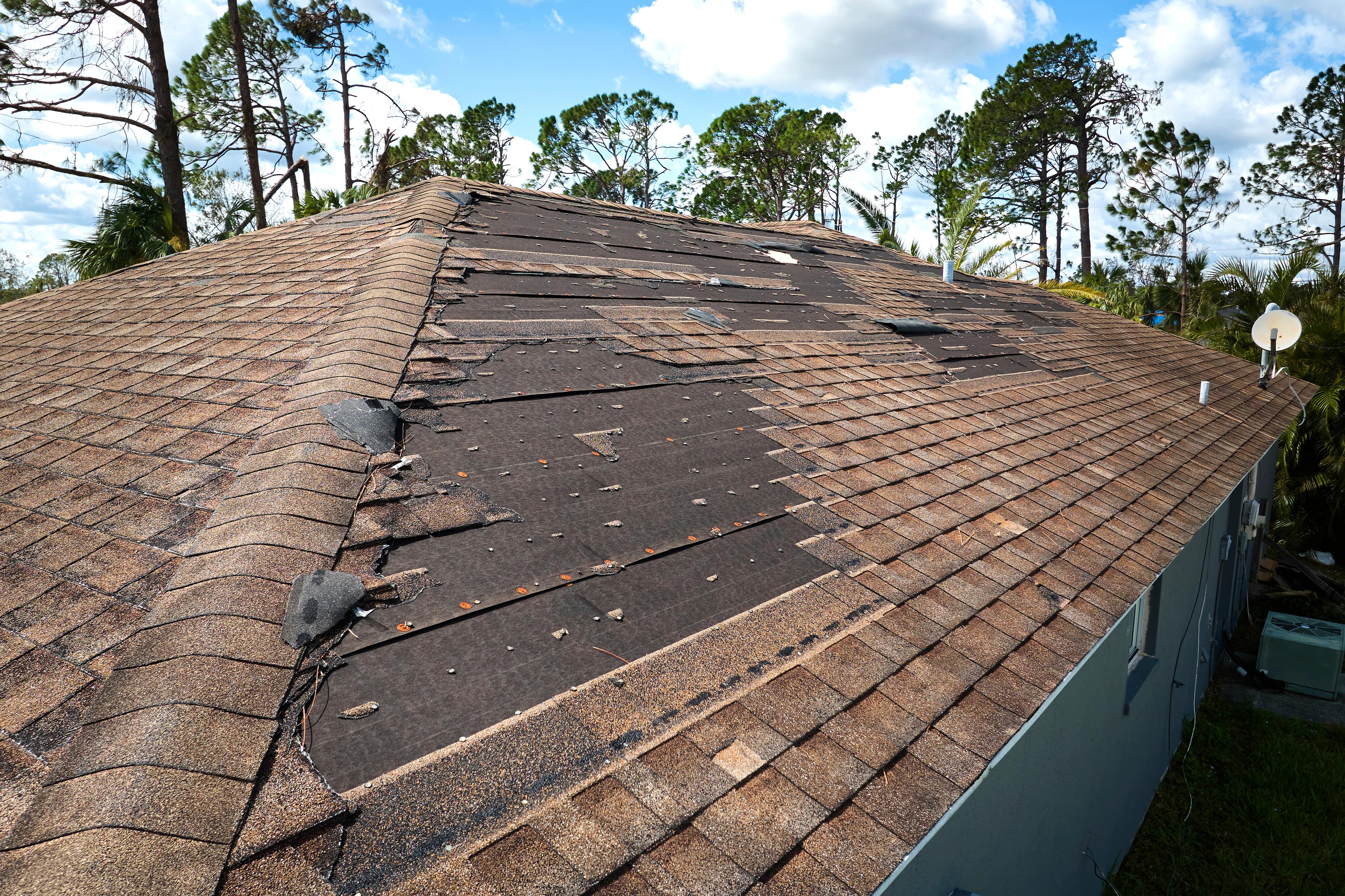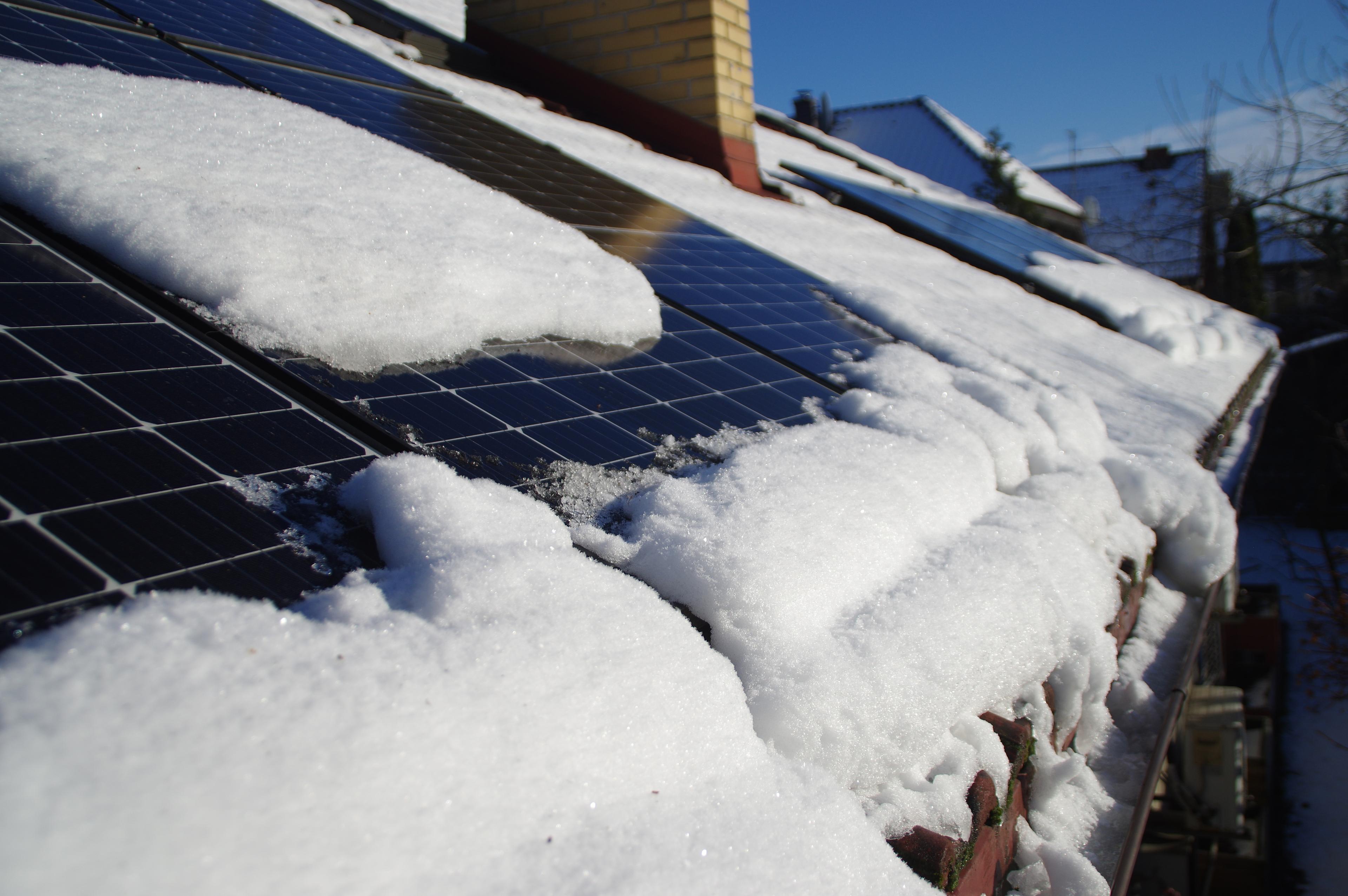 ;
;Understand the Signs: When to Replace Your Roof
Introduction
A robust and well-maintained roof is essential for the safety and comfort of your home. It is the primary barrier against the elements, safeguarding your family and your belongings. However, like any significant component of your home, a roof has a finite lifespan and requires attentive care to ensure its effectiveness. This article aims to equip homeowners with the knowledge to recognize the signs that indicate the need for a roof replacement, a critical aspect of responsible home maintenance.
I. Recognizing Visible Damage: Key Indicators of Roof Wear
Shingle Damage: Cracks, Curling, and Missing Shingles
One of the most apparent signs of roof wear is visible damage to the shingles. Cracks, curling, and missing shingles are not just cosmetic issues; they are clear indicators that your roof is deteriorating. These damages can lead to leaks, allowing water and moisture to seep into your home, which can cause further structural damage.
Sagging Roof: Warning Signs and Risks
A sagging roof is a serious red flag. It's often a symptom of structural issues, such as weakened rafters or a compromised foundation. Ignoring a sagging roof can lead to catastrophic failures, posing a significant risk to the safety of the inhabitants.
Mold and Water Stains: Evidence of Leaks and Moisture
The presence of mold or water stains on your ceiling and walls often points to a leaking roof. These leaks can stem from various issues, ranging from damaged shingles to faulty flashing. Over time, unchecked moisture can lead to rot, mold growth, and poor indoor air quality.
II. Age of the Roof: Understanding Lifespan and Material Factors
Typical Lifespan of Common Roofing Materials
Different roofing materials have varying lifespans. For instance, asphalt shingles typically last 20-30 years, while metal roofs can last up to 50 years or more. Knowing the material of your roof and its expected lifespan is crucial in gauging when to consider replacement.
How the Age of Your Roof Influences Replacement Decisions
As roofs age, they become more susceptible to wear and tear. Even if your older roof appears to be in good condition, underlying issues might not be visible to the untrained eye. Understanding the age of your roof helps in making informed decisions about its maintenance or replacement.
III. Severe Weather Impact: Evaluating Post-Storm Conditions
Assessing Roof Damage After Hail, Wind, and Storms
Severe weather events like hail, wind, and storms can cause significant damage to your roof. Post-storm assessments are vital to identify and address any damages, ensuring the continued effectiveness and safety of your roof.
The Role of Regular Inspections Following Severe Weather
Regular inspections after severe weather events are crucial. They help in identifying issues that might not be immediately apparent, such as small leaks or lifted shingles, preventing more significant problems down the line.
IV. Increasing Energy Bills: A Hidden Sign of Roof Deterioration
Correlation Between Roof Health and Energy Efficiency
An often-overlooked sign of roof deterioration is an increase in energy bills. A damaged or aging roof can lead to poor insulation and ventilation, forcing your heating and cooling systems to work harder, thereby increasing your energy consumption.
Insulation Issues and Ventilation Problems Linked to Roofing
Issues with insulation and ventilation are directly linked to the health of your roof. Proper roof maintenance ensures that your home remains energy-efficient, keeping your energy bills in check and providing a comfortable living environment.
V. Choosing the Right Time: Balancing Costs and Benefits
When Immediate Replacement is More Cost-Effective
There are scenarios where immediate roof replacement can be more cost-effective than repeated repairs. This is especially true if your roof is near the end of its lifespan or if repairs are becoming increasingly frequent and expensive.
Planning for Replacement: Budgeting and Timing Considerations
Strategically planning for a roof replacement involves considering your budget and timing. It's essential to weigh the immediate costs against long-term benefits, such as increased property value, better energy efficiency, and peace of mind.
VI. Professional Assessment: Seeking Expert Opinions
The Importance of a Professional Roof Inspection
A professional roof inspection is invaluable. Roofing experts can assess the condition of your roof more accurately, identifying issues that might not be visible to you and providing expert recommendations.
Understanding a Roofer’s Assessment and Recommendations
Understanding a professional roofer's assessment and recommendations can guide you in making informed decisions about your roof. They can offer insights into the most cost-effective and practical solutions tailored to your specific situation.
Conclusion
In conclusion, being aware of the signs that indicate the need for roof replacement is crucial for maintaining the integrity and safety of your home. From visible damage to energy efficiency considerations, each aspect plays a vital role in the overall health of your roof. Schedule an inspection with us today if you have any concerns.


